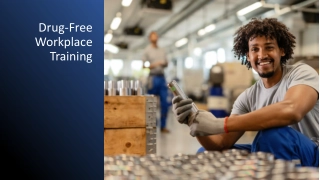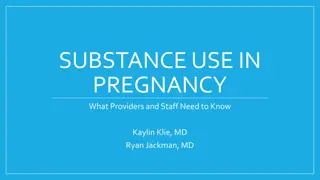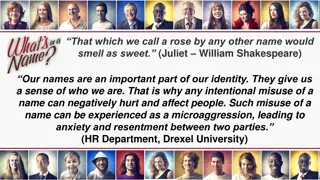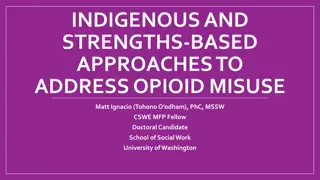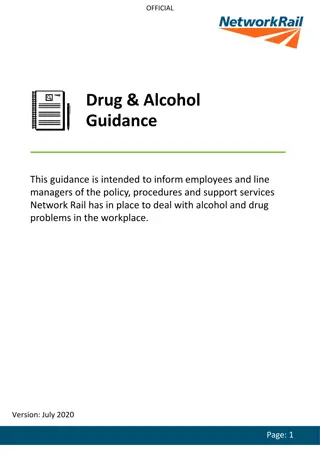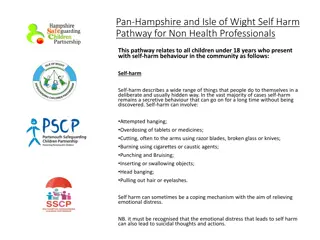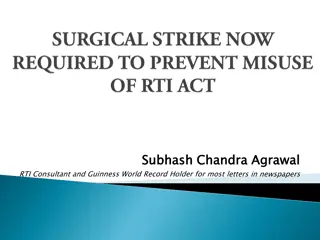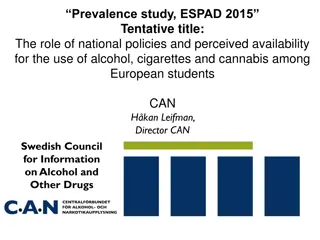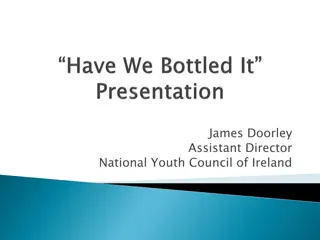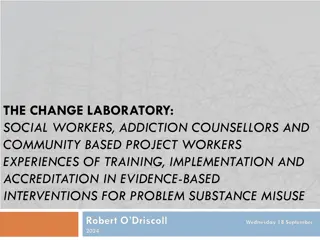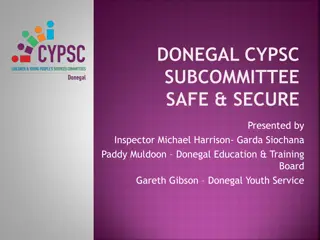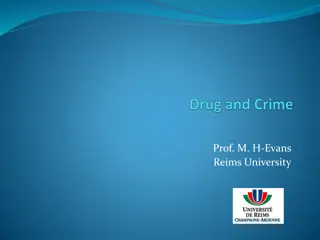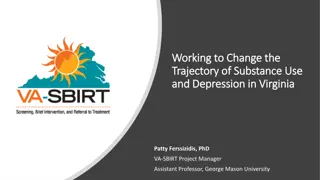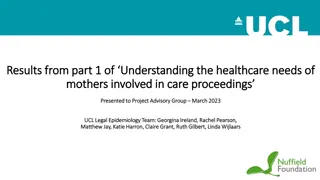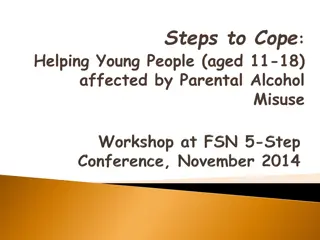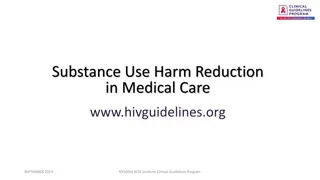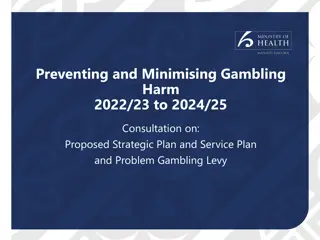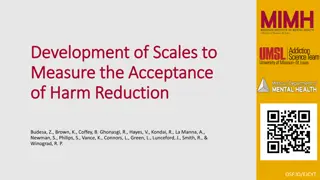Understanding Hidden Harm: Impact of Substance Misuse on Young People
The Norfolk Drug and Alcohol partnership aims to address the hidden harm caused by substance misuse, specifically focusing on young people affected by someone else's drug or alcohol problems. The project seeks to bring statistics to life, raise awareness, and encourage support for those experiencing hidden harms. With approximately 30% of clients receiving support for this issue, the initiative aims to empower young individuals to engage positively and realize their potential.
Download Presentation

Please find below an Image/Link to download the presentation.
The content on the website is provided AS IS for your information and personal use only. It may not be sold, licensed, or shared on other websites without obtaining consent from the author. Download presentation by click this link. If you encounter any issues during the download, it is possible that the publisher has removed the file from their server.
E N D
Presentation Transcript
What is Hidden Harm? The Norfolk Drug and Alcohol partnership recognises that substance misuse can have a significant effect on the people around those experiencing drug and alcohol problems.
Aims and Objectives To take forward a project lead by young people and who are supported by appropriate workers to develop a solution which will enable the voices of young people who are affected by the substance misuse of another to be shared across Norfolk.
Aims and Objectives The project will Bring statistics to life. Make agencies and communities listen. Stimulate appropriate early responses.
Aims and Objectives The film will Raise awareness and improve understanding. Encourage others to take a look from another perspective. Raise awareness of the services available. Tackle issues related to stigma. Highlight the need for support to be provided at the earliest possible stage. To encourage young people to support one another. Increase opportunities for young people to develop and drive awareness of hidden harms.
Background The Matthew Project recognises that young people currently supported by our service are affected others and are receiving support around their experiences of someone else s substance misuse.
Background At the start of the project, approximately 30% of our clients were receiving support due someone else s substance misuse. Are young people coming forward for support? Are agencies equipped to work with young people who might present these issues? What might help young people experiencing hidden harm to engage positively to see their individual potential met?
Background the real drive was enabling young people to explore their feelings and most importantly have theirvoices heard.
Context It is estimated that between 12,000 and 18,000 children living in Norfolk and Suffolk live in a home where one or both parents abuse alcohol, and up to 9,000 live with one or both parents with a drug problem.
Context Children as young as five are attempting to take care of their parents, often missing school to do so .Norcas(2010)
Context 58% of adults in alcohol treatment are parents to children aged under 18 (22% having a child living with them and 36% with a child living elsewhere) . N-DAP(2013)
Context Social Workers in Norfolk estimate that on average, around 50% of the clients they worked with had issues relating to drug and alcohol use . Alcohol Concern (2008)
Information Gathering Behind Closed Doors Questionnaire 15 questions that helped young people to write their stories, and express their opinions. Sent to 7 external agencies. Sent to all young peoples workers in MP Norfolk and Suffolk (45).
Young Ambassadors Young people were invited to attend a 6 week programme and a very small but consistent group attended each session. It was from these delivered sessions that a programme was put together and the training pack born.
Outline of sessions delivered Session 1: Is it just me? An introduction to confidentiality policies, the aims of the project and introductions.
Outline of sessions delivered Session 2: Understanding my Experiences. Behind Closed Doors Questionnaire.
Outline of sessions delivered Session 3: Understanding Addiction. Understanding the characteristics of substance misuse and dispelling some myths.
Outline of sessions delivered Session 4: Understanding my Family. Discussing what makes a healthy family and making our own family trees to celebrate diversity.
Outline of sessions delivered Session 5: This is how I cope. Discussing how individuals and families go through stages of coping when affected by another s substance misuse.
Outline of sessions delivered Session 6: Flourishing. Looking at the story board of the Hidden Harm short film and exploring our thoughts and feelings of the work done so far and looking ahead to the future.
Challenges Young people didn t come forward easily. It was difficult getting young people to meet the deadline for return of questionnaires. Most questionnaires were incomplete. Some wanted to just write their thoughts and feelings down. Some young people completed the questionnaire who were not experiencing substance misuse of another. The questionnaire was long and needed to be given longer allocated time in the session. The questionnaire was very emotive.
Outcomes Most of the young people who responded no longer live with the substance misuser. Young people first remember something was problematic around the age of 6-8 years old. Young people are most affected by traumatic events such as overdoses or arguments between parents. Young people notice the change in behaviour when substance misuser is under the influence. Many young people are not angry anymore and have recognised the substance misuser may be addicted.
Outcomes Many young people would not change their experiences and said that it has informed the person that they are today. Coping mechanisms included not thinking too much, throwing themselves into school work, looking toward the future and involvement in sport. Many young people described not believing in themselves.
Outcomes Many young people have expressed that seeing a worker for a specific offloading time was useful. Most young people felt talking to others who were used to these issues was most helpful. Most young people described their hopes and dreams of the future, this included not ending up like mum and being creative. Most but not all of the young people who responded drink alcohol and have tried drugs.
Outcomes School is a key factor in all of the young peoples memories, particularly being alienated by the substance misuse of another. Many of the young people have strong emotional memories around food, eating and cooking. Most interventions in the young peoples lives have been primarily through social services . Many of these are at the stage of removing the young person from the family home.


